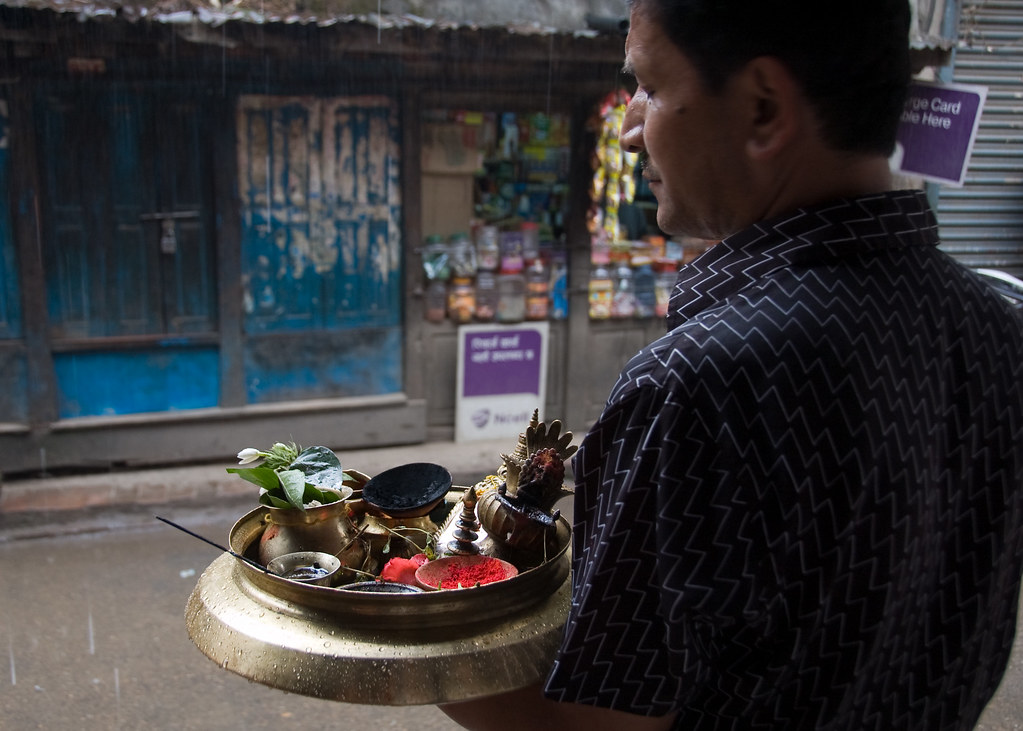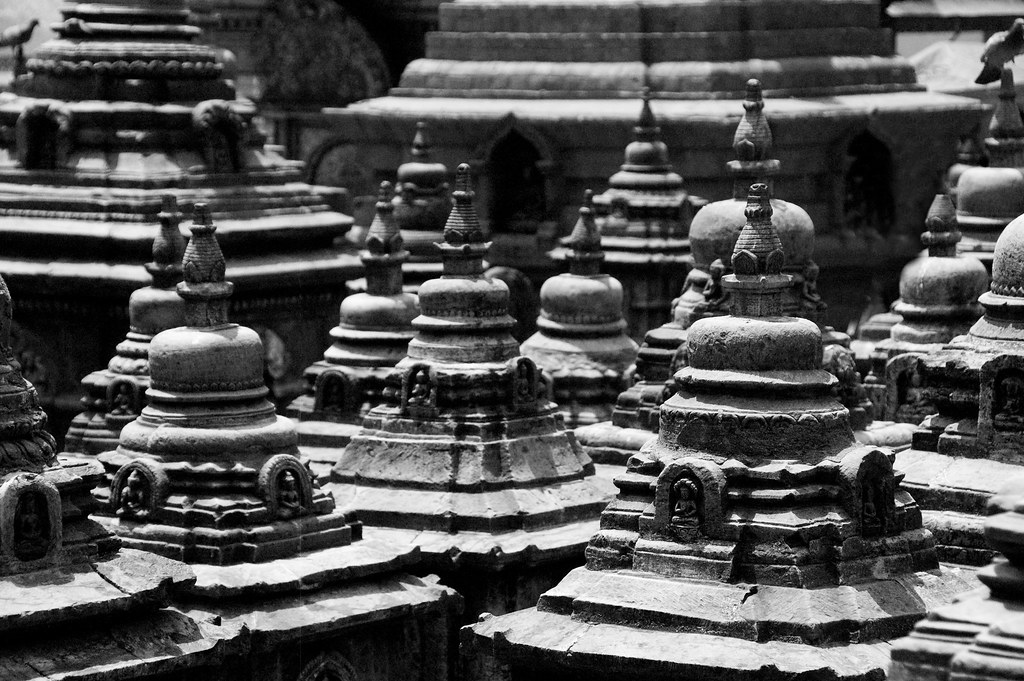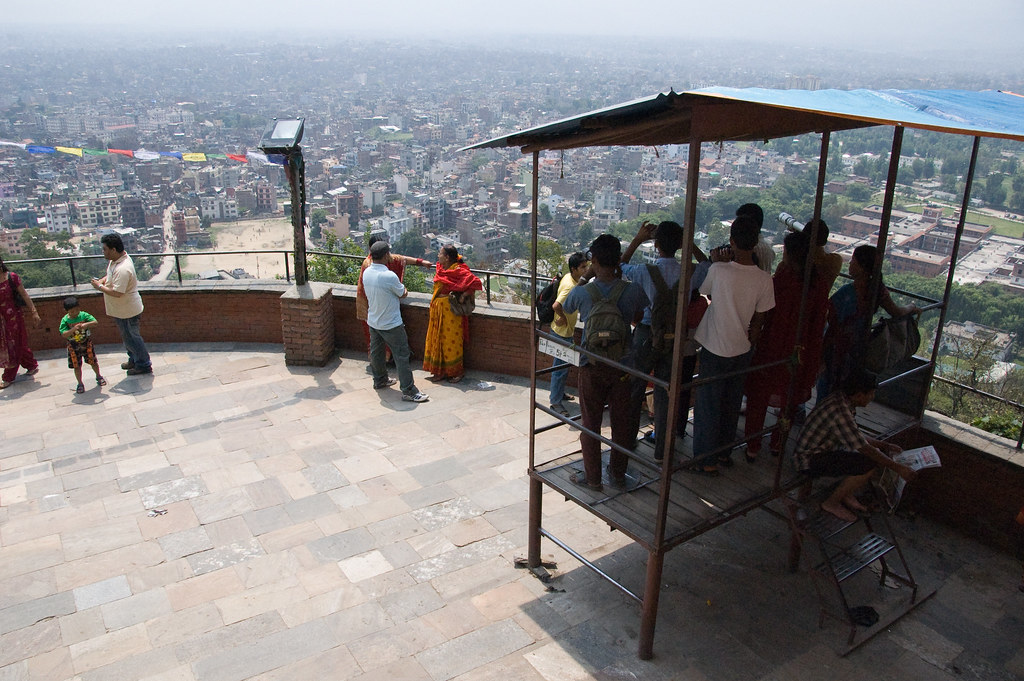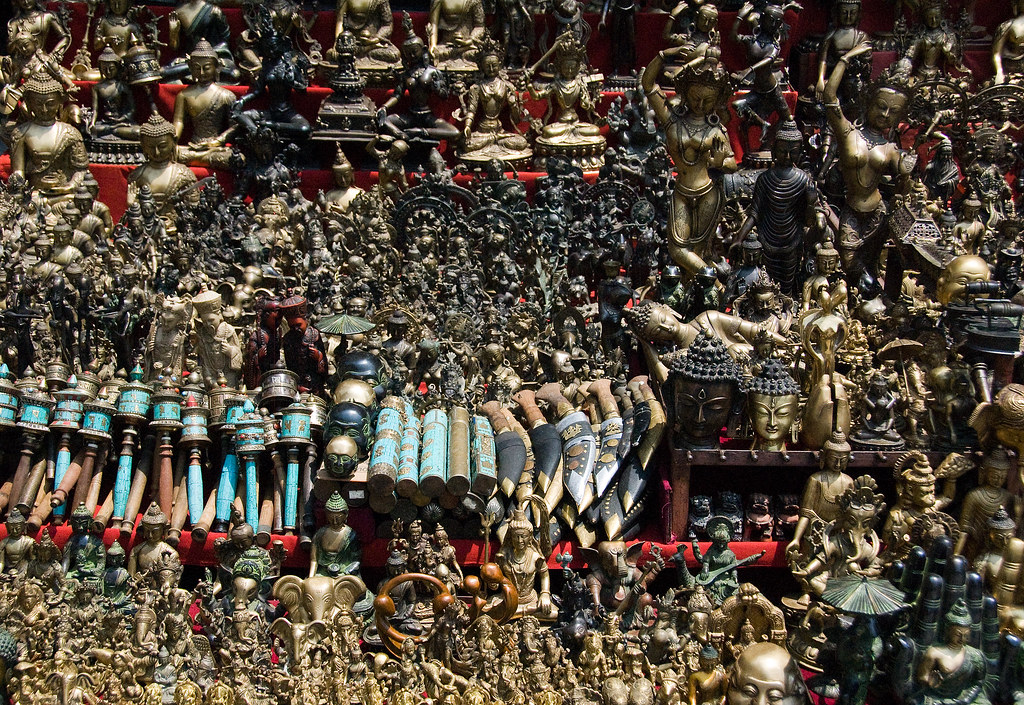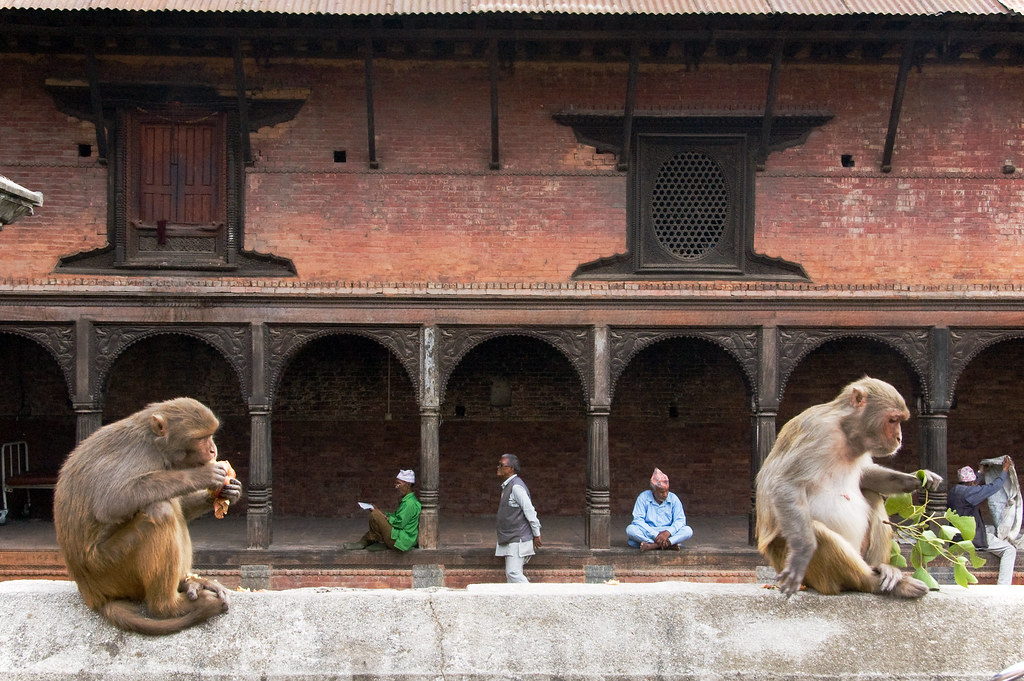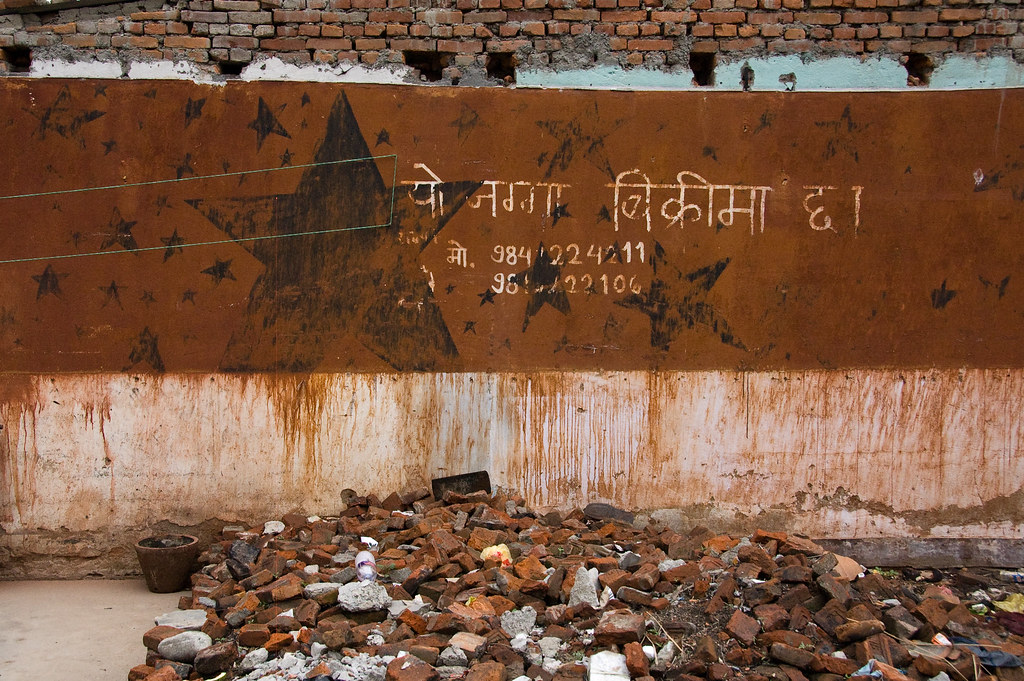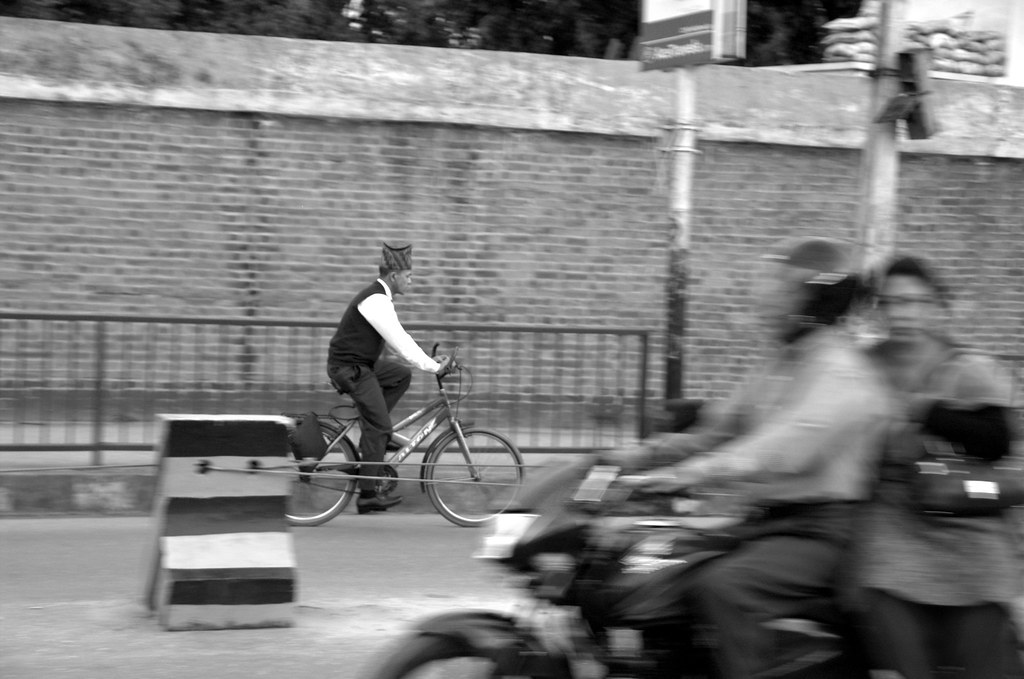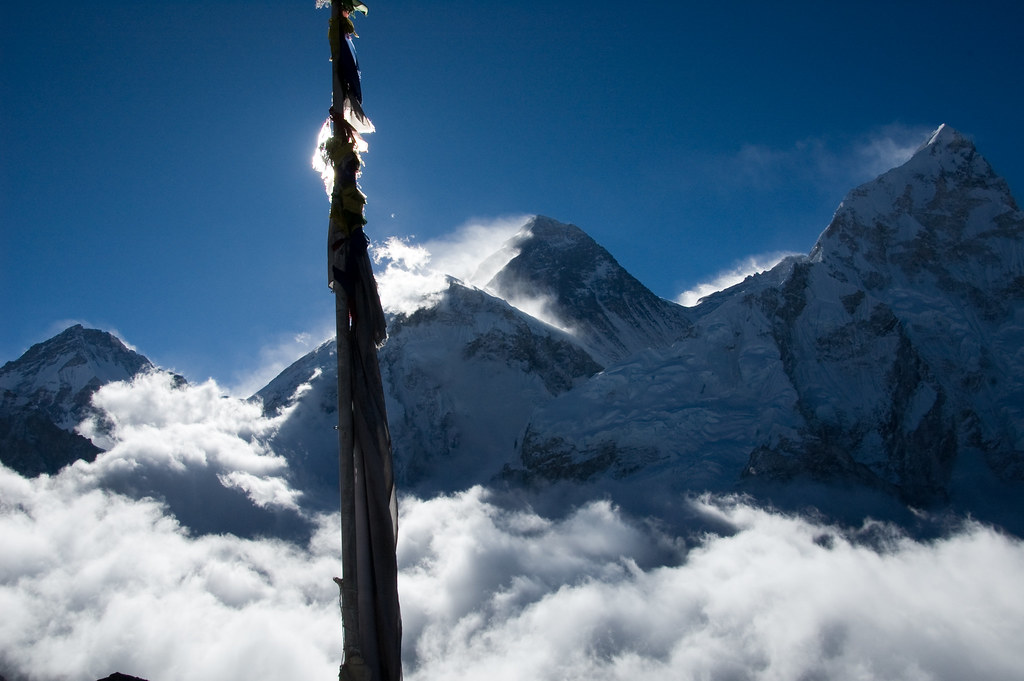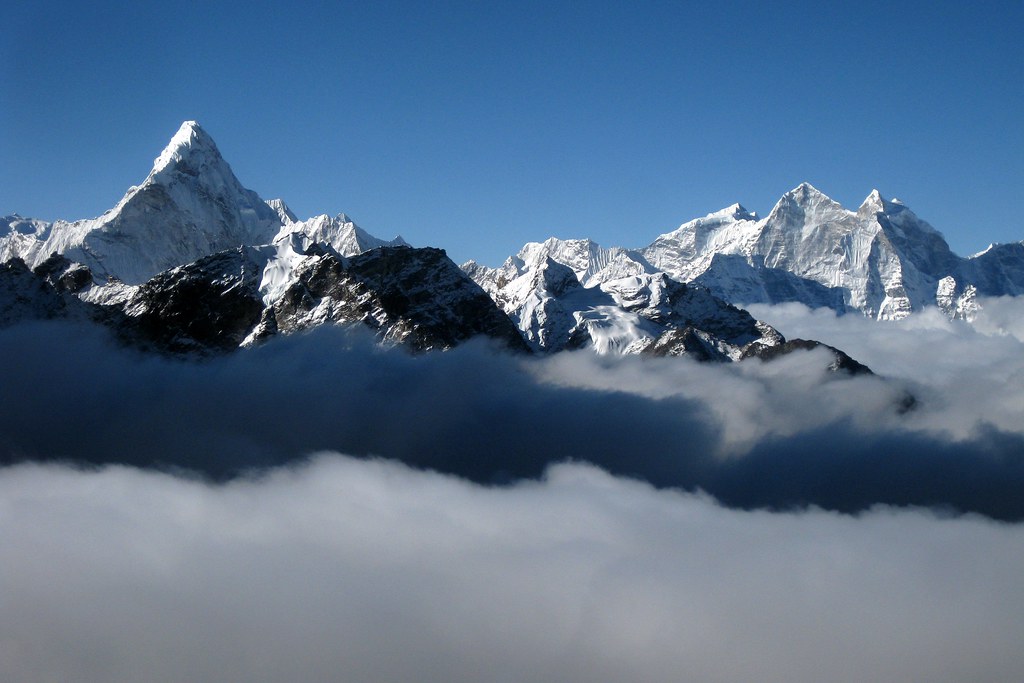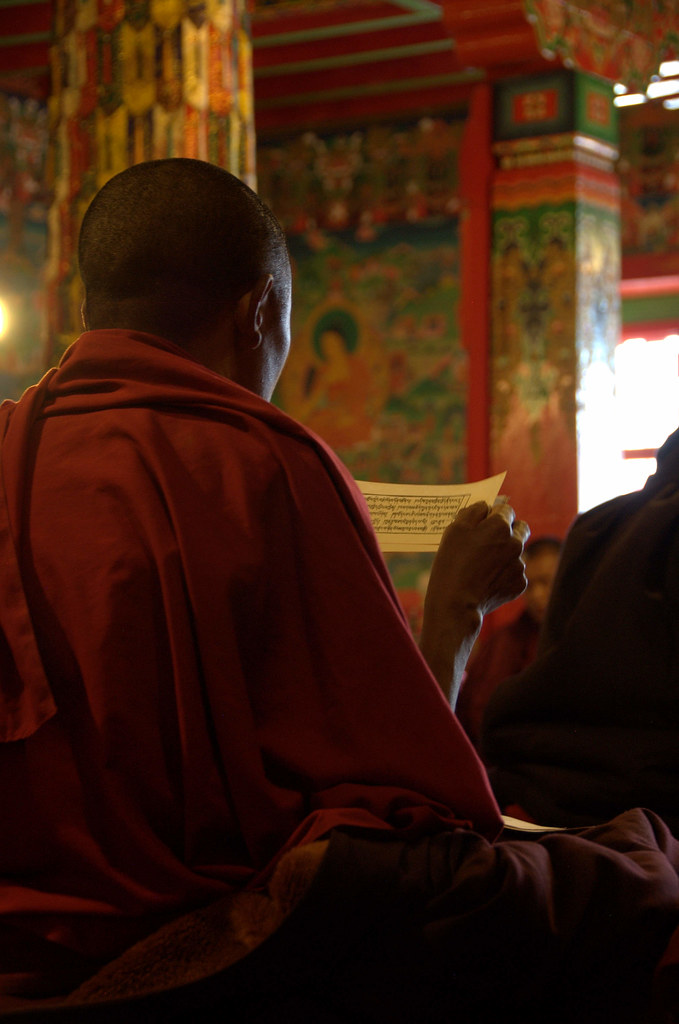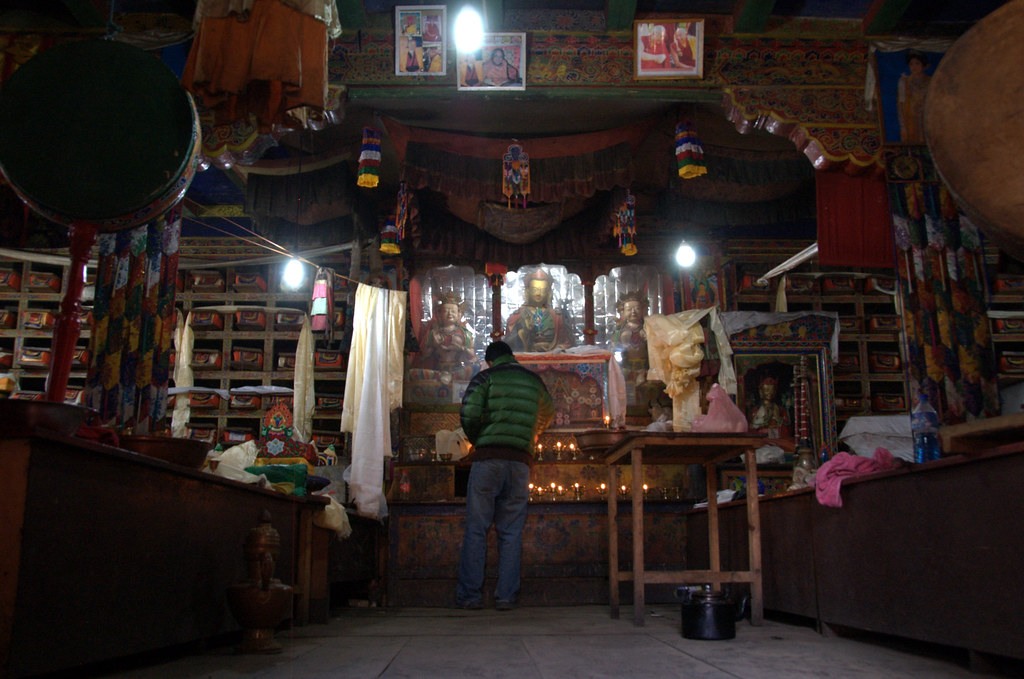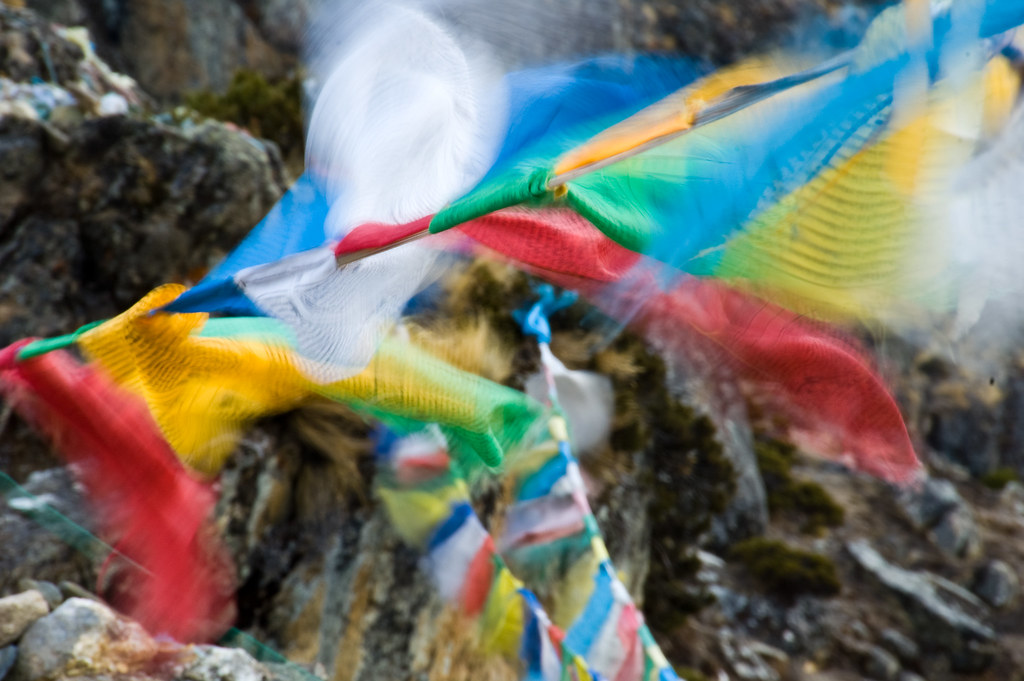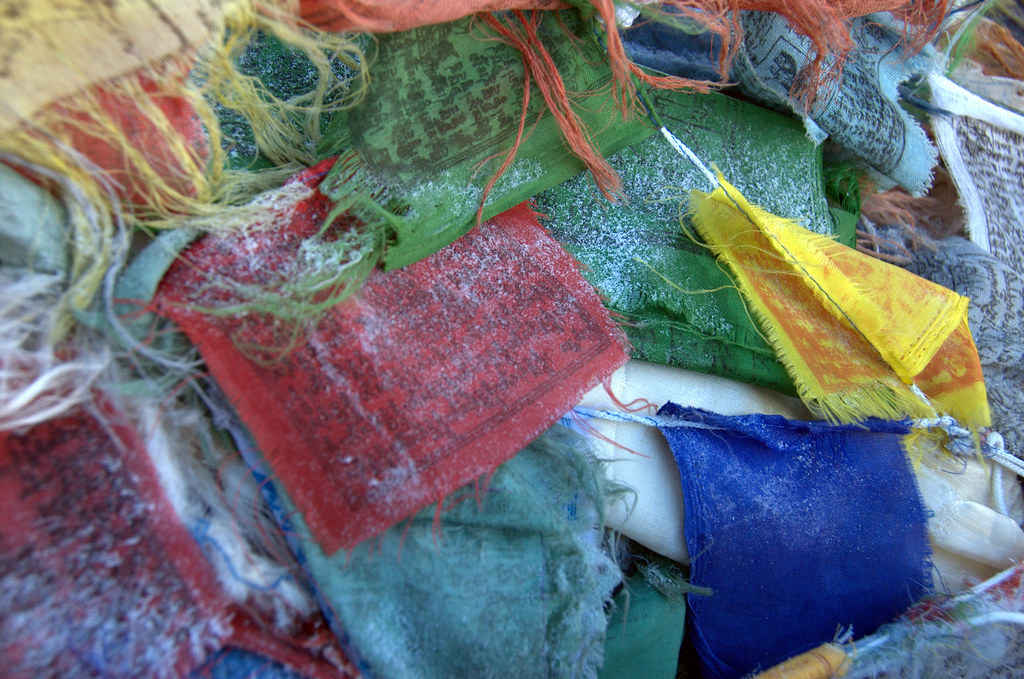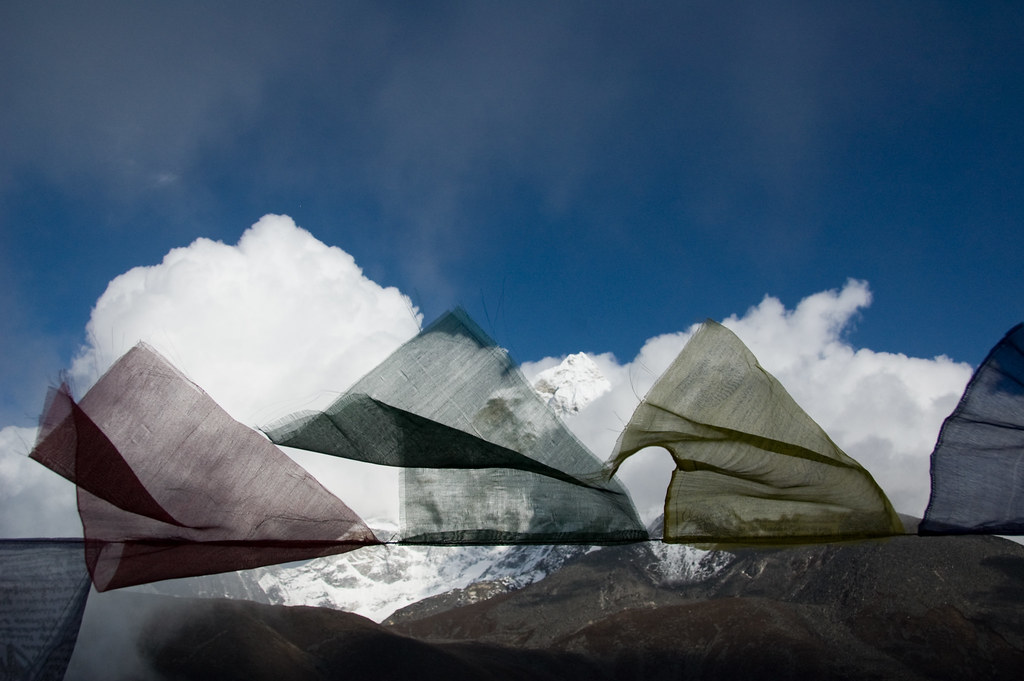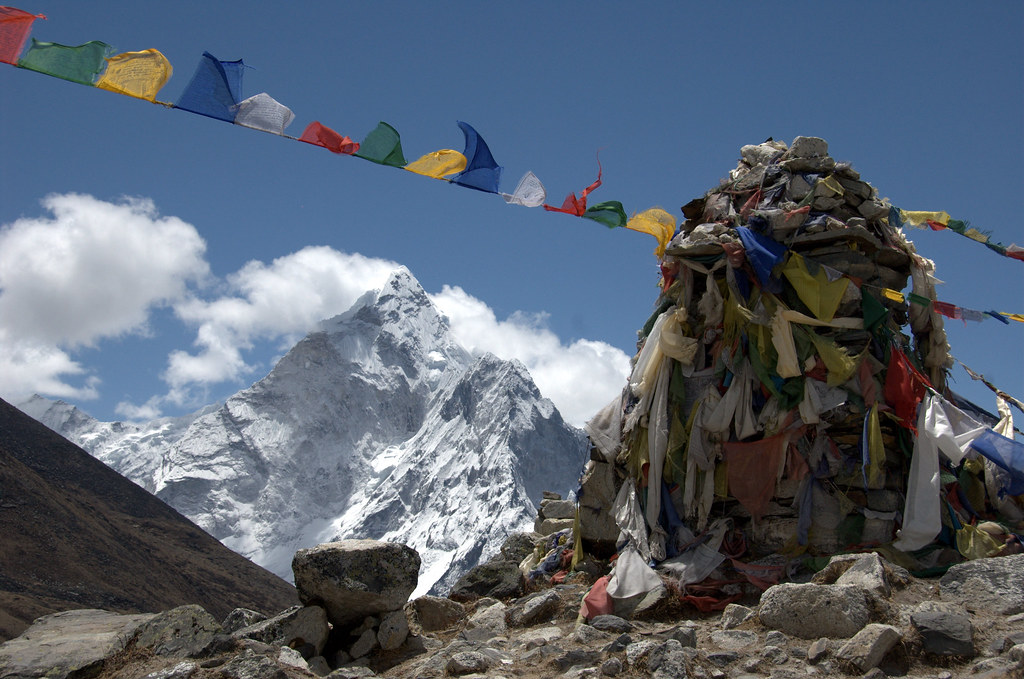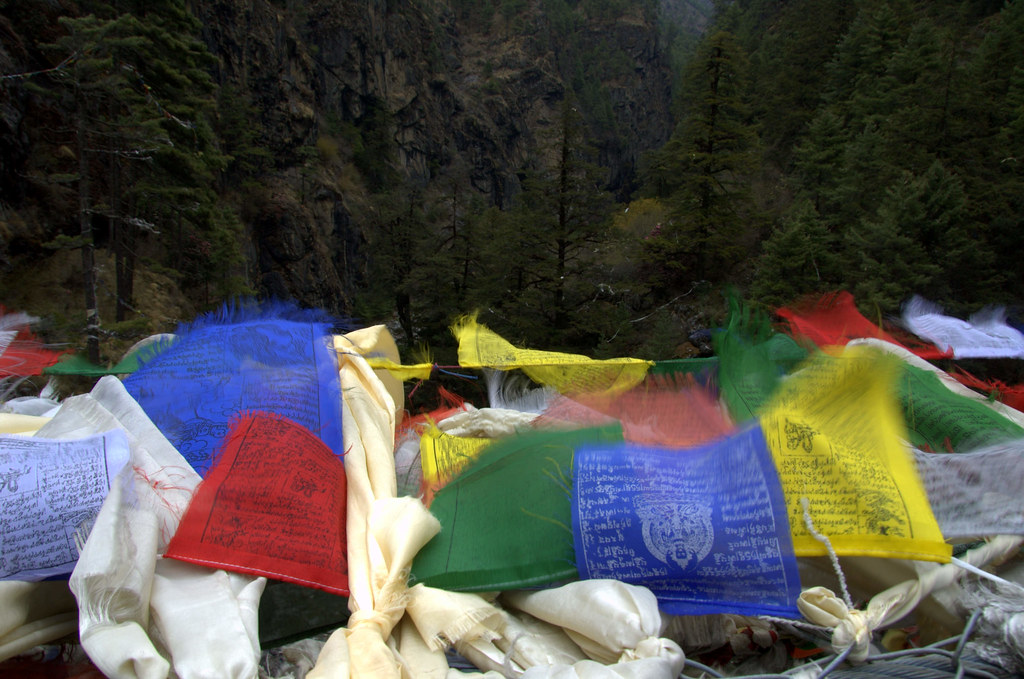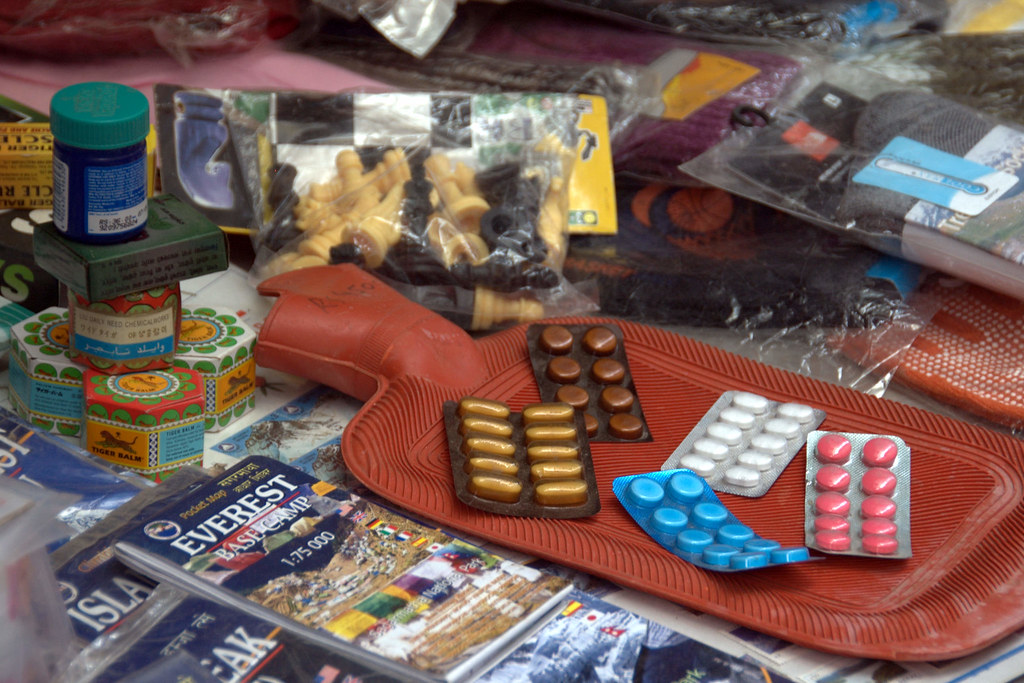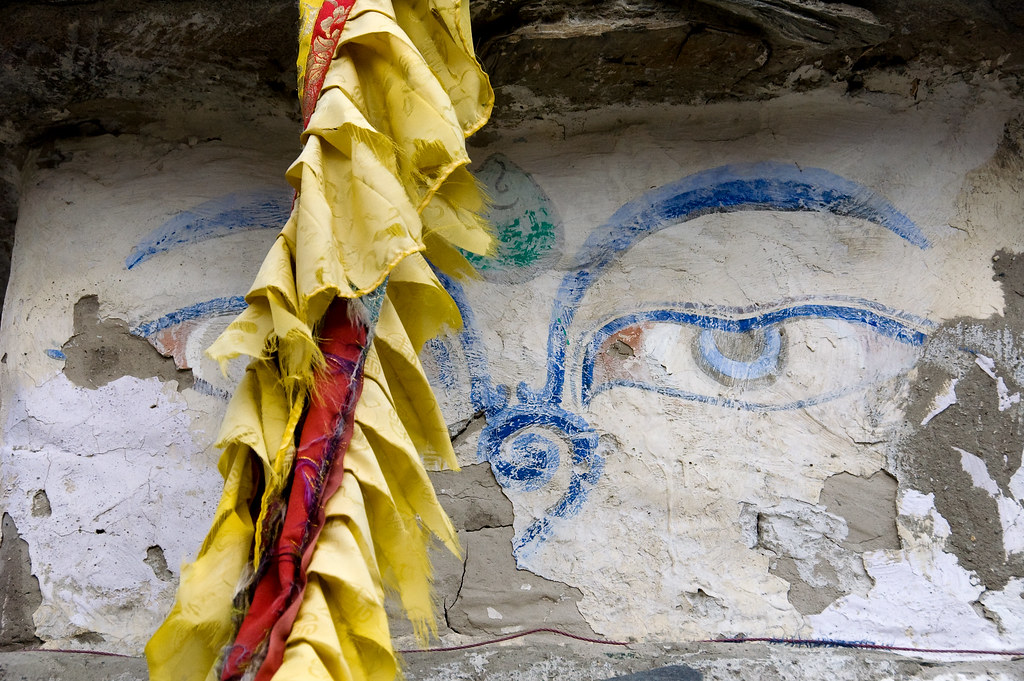
Trekking in Nepal! The mighty Himalayas raising around you! The pure air, the pastoral life, a glimpse of a simpler time!
Well, nowadays, a somewhat simpler version of industrial tourism is in evidence. Not that we didn't see some awesome views and breathe some fresh air. Part of the joy of trekking in Nepal is that rather than needing to carry one's own tent, food, stove, &c. &c. &c., the trail leads from one settlement to the next, where accommodations can be found in tea houses. This makes these locales sound quite quaint, but in fact, the best definition of "tea house" might be "ultra-cheap hotel." It's quite like a youth hostel, except instead of being found in the heart of some European capital it's in the middle of nowhere in the mountains of Nepal.
The rooms are basically plywood boxes; it's not all that terribly different from the accommodations on army bases in Afghanistan known as "B-huts." I know it struck some of our fellow American colleagues in Afghanistan as a bit odd that we willingly chose to sleep in such accommodations
while on leave from Afghanistan. In any case, the tea houses did their job and kept us from freezing to death.
As a standard house rule, guests at tea houses are expected to take their dinner and breakfast (and depending on arrival time, lunch) in the hotel restaurant. The menus at each tea house are identical, but the preparations show great variation. These restaurants all offer a variation on the local curry-and-lentils staple, as well as unique and yet equally unrecognizable attempts on Western favorites like mac-and-cheese and pizza.
Of course the true value proposition of the tea house restaurants, is the service. As faithfully represented on the menu below, your correspondents were served every day a candle-light meal by a tuxedo'ed waiter eager to share every detail about the Biscuits price.

